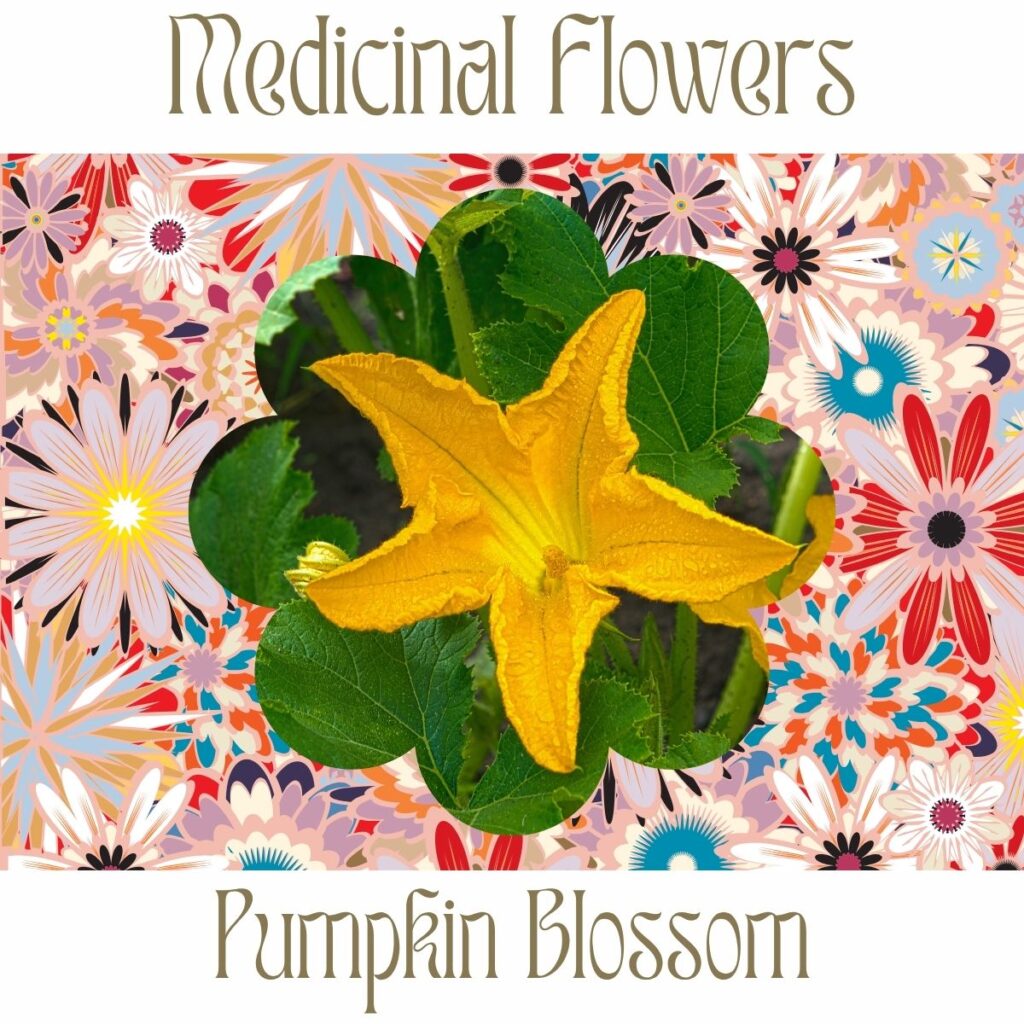Post Series: Medicinal Flowers
When we think of medicinal plants, it’s often the roots, leaves, or bark that come to mind—yet around the world, flowers have long been used for their healing properties. This series explores some of the most powerful and time-honored blooms used in traditional and modern herbal medicine… as diverse as they are beautiful.
Squash blossoms (Cucurbita spp.), notably from Pumpkin (C. moschata), are vibrant yellow-orange flowers known for their culinary and medicinal value. These delicate, edible flowers are typically found on various species of squash plants, of which there are many.
In traditional medicine, squash blossoms have been valued for their potential to soothe inflammation, provide pain relief, and help fight bacterial infections, owing to their rich content of bioactive compounds such as flavonoids, alkaloids, glycosides, and tannins.
· Origin: Central and South America, spread globally.
· Traditional Use: Used for managing inflammation and painful conditions, and as antibacterial remedies in indigenous and folk medicine practices.
Scientific Evidence: anti-inflammatory, analgesic, and antibacterial properties
· Sample Reference: In Vivo, In Vitro and In Silico Study of Cucurbita moschata Flower: Exploring Analgesic, Anti-Inflammatory, and Antibacterial Potential” (2023), which provides primary evidence for the anti-inflammatory, analgesic, and antibacterial actions of squash blossom extracts.
*This content is for informational and educational purposes only. It is not intended to provide medical advice or to take the place of such advice or treatment from a personal physician.
Pumpkin Blossoms (Cucurbita moschata, C. spp.)-

